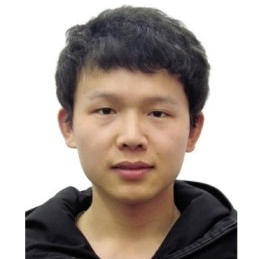High-Performance Concrete: Constituents, Properties and Applications
A special issue of Buildings (ISSN 2075-5309). This special issue belongs to the section "Building Materials, and Repair & Renovation".
Deadline for manuscript submissions: closed (30 November 2023) | Viewed by 1611
Special Issue Editors
Interests: fiber-reinforced polymers
Special Issues, Collections and Topics in MDPI journals
Interests: high-performance concrete; sustainable cementitious composites
Special Issues, Collections and Topics in MDPI journals
Interests: 3D concrete printing; sustainable materials
Special Issues, Collections and Topics in MDPI journals
Interests: durability of FRP materials; FRP-reinforced seawater and sea sand concrete (SWSSC) structures; self-prestressing technology based on the iron-based shape memory alloy
Special Issues, Collections and Topics in MDPI journals
Special Issue Information
Dear Colleagues,
We are pleased to invite you to contribute to this Special Issue entitled “High-Performance Concrete: Constituents, Properties and Applications”. As a significant breakthrough in concrete technology, high-performance concrete (HPC), with high strength and notable durability, has been extensively applied in the construction of infrastructures, such as bridges, to achieve a better structural performance against natural hazards. Thus, government agencies promote the application of this new material in new fields such as building construction.
In this Special Issue, we are soliciting articles concerning the recent developments and applications in HPC material. Papers which include, but are not limited to, the following topics are welcome:
- Optimal constituents of HPC;
- Application of HPC in structural strengthening and retrofitting;
- Sustainability and resilience of HPC structures;
- Durability of HPC structures in harsh environments;
- 3D printing concrete;
- Carbon storage.
Dr. Ye Liu
Dr. Dong Zhang
Dr. Yiwei Weng
Dr. Zhiqiang Dong
Guest Editors
Manuscript Submission Information
Manuscripts should be submitted online at www.mdpi.com by registering and logging in to this website. Once you are registered, click here to go to the submission form. Manuscripts can be submitted until the deadline. All submissions that pass pre-check are peer-reviewed. Accepted papers will be published continuously in the journal (as soon as accepted) and will be listed together on the special issue website. Research articles, review articles as well as short communications are invited. For planned papers, a title and short abstract (about 100 words) can be sent to the Editorial Office for announcement on this website.
Submitted manuscripts should not have been published previously, nor be under consideration for publication elsewhere (except conference proceedings papers). All manuscripts are thoroughly refereed through a single-blind peer-review process. A guide for authors and other relevant information for submission of manuscripts is available on the Instructions for Authors page. Buildings is an international peer-reviewed open access monthly journal published by MDPI.
Please visit the Instructions for Authors page before submitting a manuscript. The Article Processing Charge (APC) for publication in this open access journal is 2600 CHF (Swiss Francs). Submitted papers should be well formatted and use good English. Authors may use MDPI's English editing service prior to publication or during author revisions.
Keywords
- high-performance concrete
- mechanical properties
- constitutive model
- constructional application
- constituents
- durability
- sustainability
- 3D concrete printing
- carbon storage








